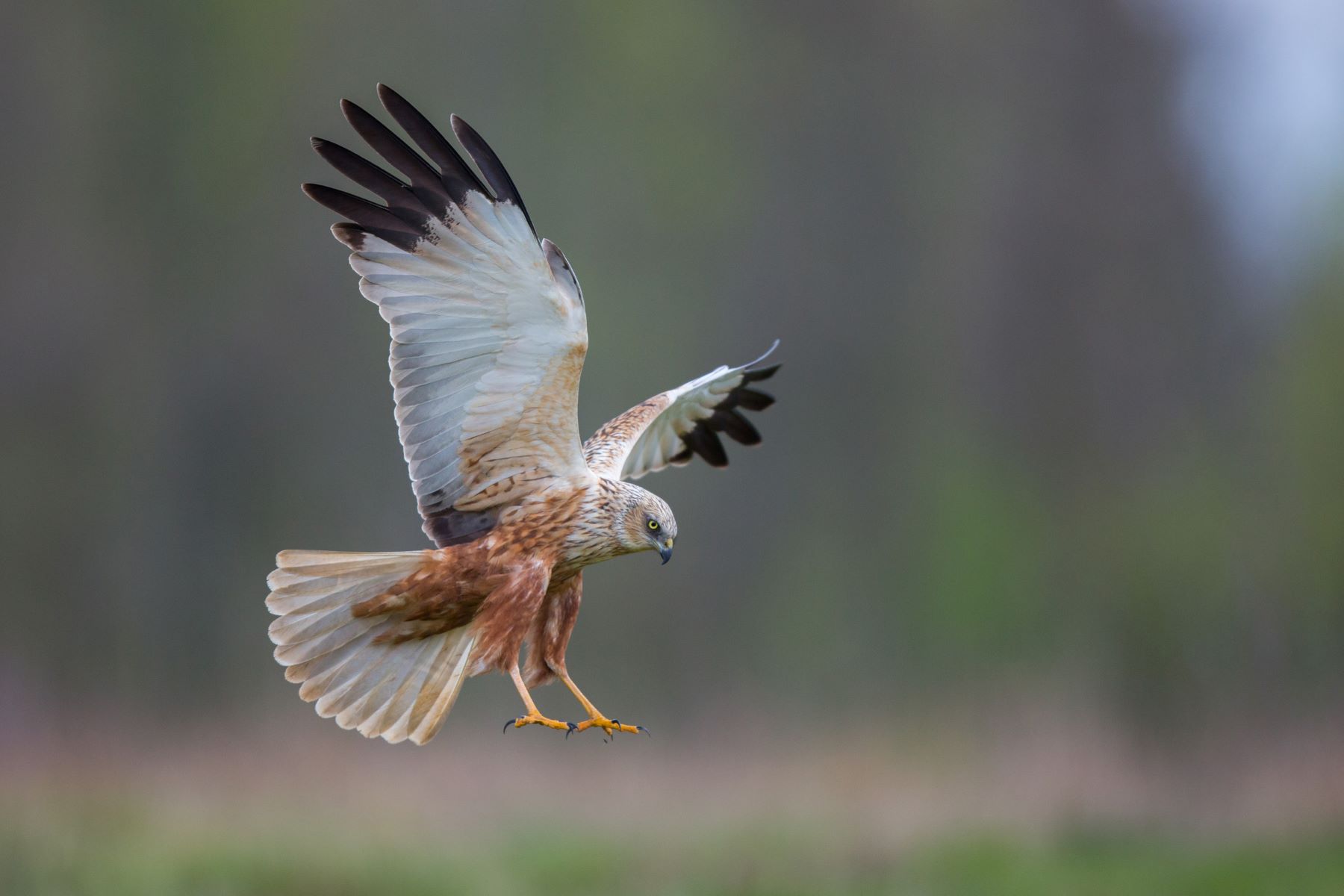Secrets Of The Harrier Hawk In The Windswept Wilds

Have you ever wondered what makes the Harrier Hawk such a skilled hunter? These birds of prey, known for their low-flying hunting style, glide effortlessly over fields and marshes. With sharp eyesight and keen hearing, they can detect the slightest movement of their prey. Their unique hunting technique involves flying low and slow, often hovering before diving to catch unsuspecting rodents or small birds. This method sets them apart from other raptors that prefer high-speed dives from great heights. Understanding the behavior and habitat of the Harrier Hawk can offer fascinating insights into the world of these incredible birds.
The Harrier Hawk's Habitat
The harrier hawk, a master of the skies, thrives in diverse environments. From marshlands to open fields, these birds have adapted to various landscapes. Let's explore some of the best places to witness these magnificent creatures.
Everglades National Park, Florida
- This vast wetland is a haven for wildlife. Harrier hawks glide gracefully over the marshes, hunting for prey. The park's diverse ecosystem provides ample food and shelter.
Yellowstone National Park, Wyoming
- Known for its geothermal features, Yellowstone also offers prime harrier hawk viewing. The open meadows and river valleys create perfect hunting grounds.
Klamath Basin, Oregon/California
- This region's wetlands attract numerous bird species. Harrier hawks can be seen skimming over the water, searching for small mammals and birds.
Unique Hunting Techniques
Harrier hawks are known for their distinctive hunting style. They fly low over the ground, using their keen eyesight to spot prey. Here are some prime locations to observe these techniques in action.
Bosque del Apache National Wildlife Refuge, New Mexico
- This refuge is famous for its bird populations. Harrier hawks patrol the fields, their sharp eyes scanning for movement.
Point Reyes National Seashore, California
- Coastal grasslands here provide an excellent hunting ground. The hawks' low, slow flight makes them easy to spot.
Blackwater National Wildlife Refuge, Maryland
- With its mix of marshes and forests, Blackwater offers diverse hunting opportunities. Harrier hawks can be seen swooping low over the landscape.
Breeding and Nesting Sites
Breeding season is a crucial time for harrier hawks. They build nests in tall grasses or low shrubs, often in remote areas. Let's look at some key breeding sites.
Prairie Pothole Region, North Dakota
- This area is dotted with small wetlands. Harrier hawks nest in the tall grasses, raising their young in relative safety.
San Luis Valley, Colorado
- The valley's mix of wetlands and grasslands provides ideal nesting sites. Harrier hawks can be seen tending to their nests during breeding season.
Great Basin, Nevada
- This arid region may seem inhospitable, but harrier hawks thrive here. They nest in the sparse vegetation, taking advantage of the open spaces.
Migration Patterns
Harrier hawks migrate seasonally, traveling great distances. Understanding their migration routes can help birdwatchers spot them during these journeys.
Hawk Mountain Sanctuary, Pennsylvania
- This sanctuary is a renowned migration watch site. Harrier hawks pass through in large numbers during their seasonal migrations.
Cape May, New Jersey
- Another migration hotspot, Cape May sees thousands of hawks each year. The harrier hawk is a common sight during the fall migration.
Gulf Coast, Texas
- The Gulf Coast serves as a critical stopover for migrating harrier hawks. They rest and refuel here before continuing their journey.
Conservation Efforts
Protecting harrier hawks and their habitats is vital. Conservation efforts focus on preserving wetlands, grasslands, and other key environments. Here are some places where these efforts are making a difference.
Horicon Marsh, Wisconsin
- This restored wetland is a success story in conservation. Harrier hawks benefit from the protected habitat, thriving in the marsh's rich ecosystem.
Sacramento National Wildlife Refuge, California
- Conservation programs here aim to protect bird species, including harrier hawks. The refuge's diverse habitats support a healthy hawk population.
Cheyenne Bottoms, Kansas
- As one of the largest inland marshes in the U.S., Cheyenne Bottoms is crucial for bird conservation. Harrier hawks find ample food and nesting sites here.
The Harrier Hawk's Unique World
The Harrier Hawk thrives in the windswept wilds, showcasing its adaptability and hunting prowess. These birds are known for their distinctive flight patterns and keen eyesight, making them exceptional hunters. Their ability to glide low over fields and marshes allows them to spot prey with precision.
Understanding the Harrier Hawk's behavior and habitat helps in appreciating their role in the ecosystem. They control rodent populations and contribute to the balance of nature. Observing these majestic birds in their natural environment offers a glimpse into the complex interplay of predator and prey.
Next time you find yourself in the wilds, take a moment to watch for the graceful flight of the Harrier Hawk. Their presence is a reminder of the beauty and intricacy of the natural world.

